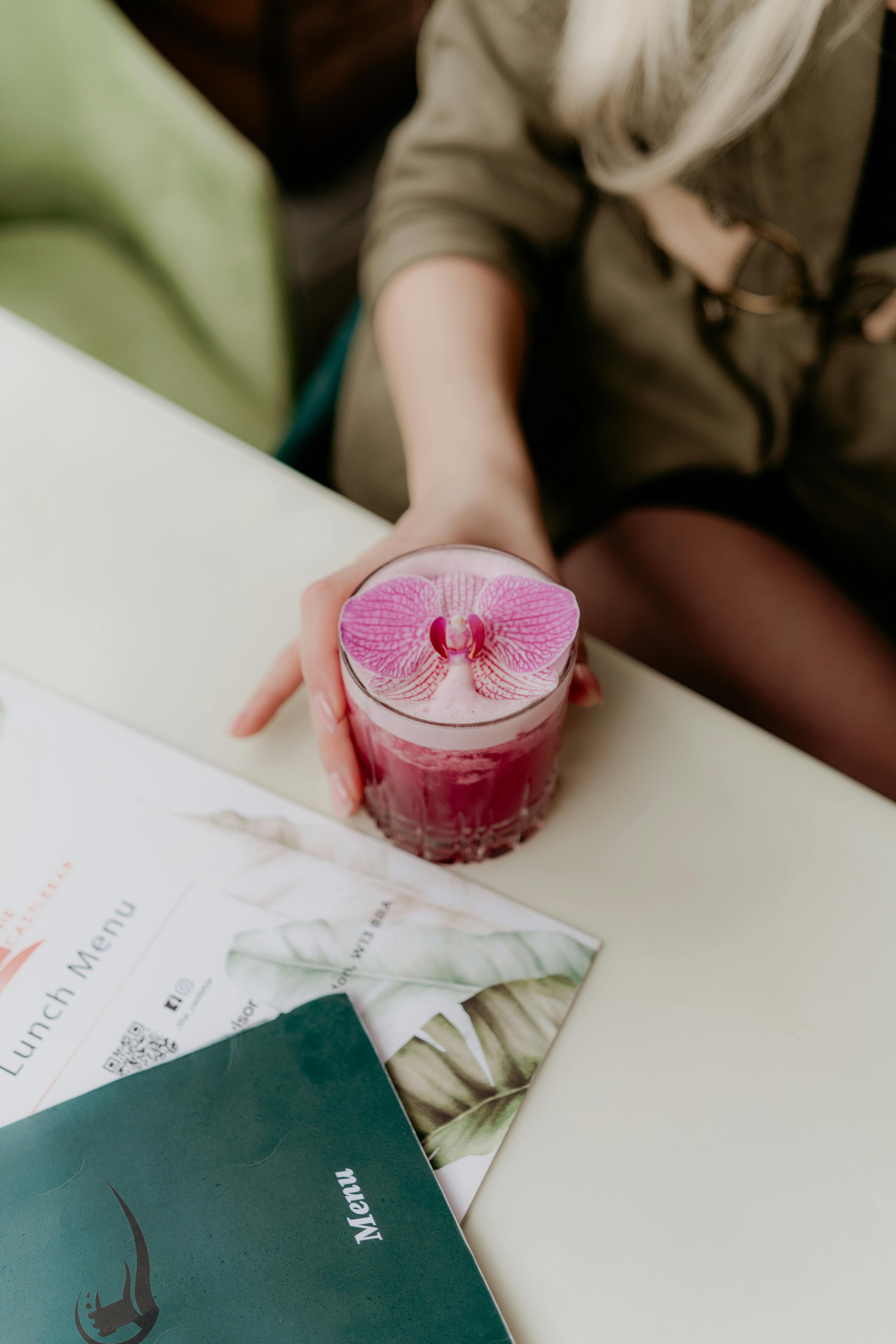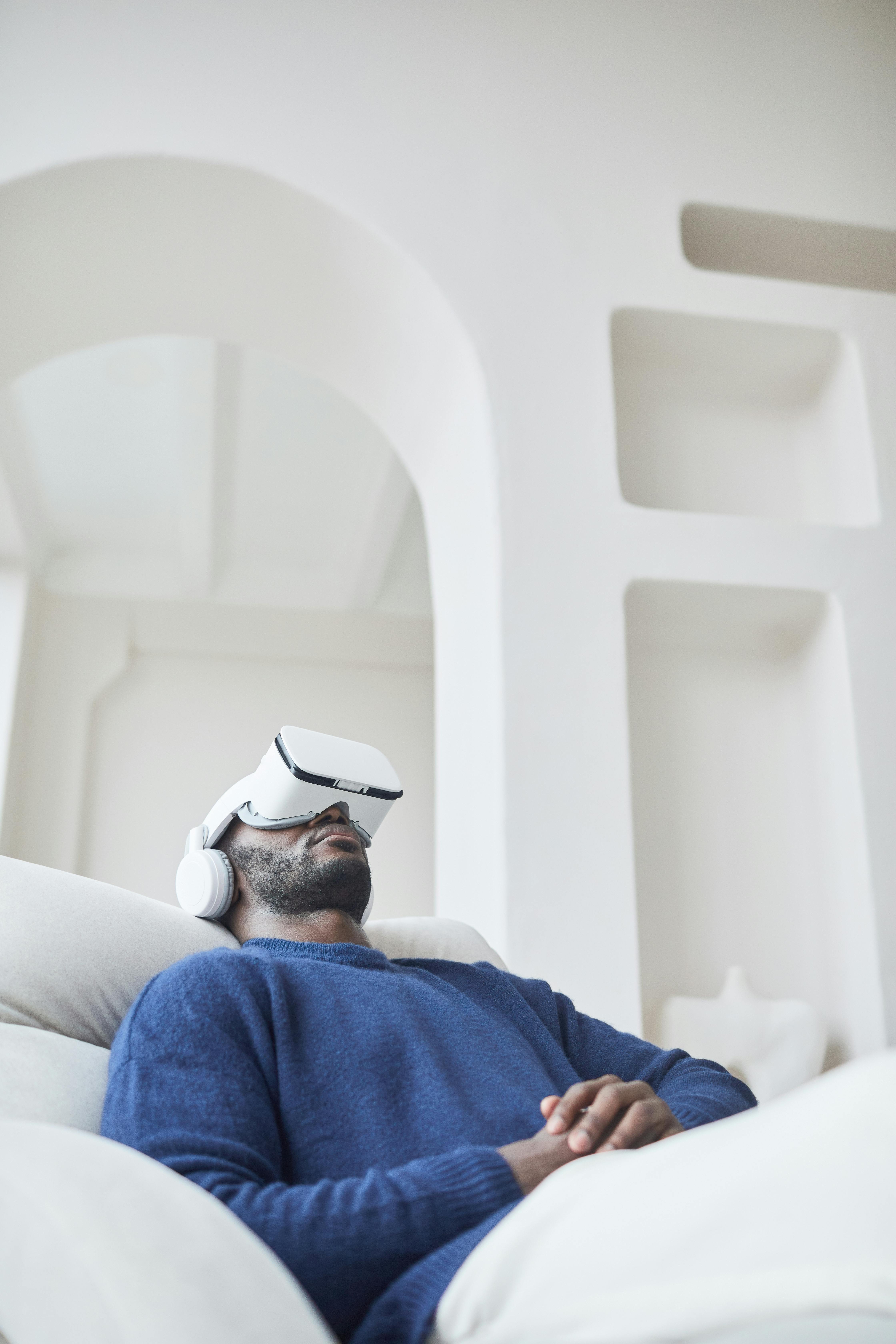Imagine coming home after a long, stressful day and immediately feeling a sense of calm wash over you. This is the power of aromatherapy diffusers – these small devices not only fill your home with delightful scents but also create a soothing atmosphere that promotes relaxation. By dispersing essential oils into the air, these diffusers help to alleviate stress, reduce anxiety, and enhance overall well-being. Whether you prefer the invigorating scent of citrus or the soothing aroma of lavender, incorporating aromatherapy diffusers into your daily routine is a simple yet effective way to create a tranquil sanctuary in your own home.

What is Aromatherapy?
Aromatherapy is a holistic practice that utilizes essential oils extracted from plants to promote physical and psychological well-being. It involves the use of these aromatic oils to enhance mood, relieve stress, relax the mind, and improve overall health. Aromatherapy has been practiced for centuries and continues to gain popularity as more people recognize the therapeutic benefits it offers.
Definition
Aromatherapy, also known as essential oil therapy, is a complementary therapy that uses natural plant extracts, known as essential oils, to promote balance and harmony in the body and mind. These oils are highly concentrated and possess various therapeutic properties that can positively impact physical, emotional, and mental health.
History of Aromatherapy
The use of aromatic plants for therapeutic purposes dates back thousands of years. Ancient civilizations such as the Egyptians, Greeks, and Romans utilized essential oils for their healing properties. The Egyptians, for example, used essential oils in their embalming rituals and cosmetic preparations. In the 20th century, French chemist René-Maurice Gattefossé coined the term “aromatherapy” and popularized its use in modern medicine.
Types of Aromatherapy Diffusers
Aromatherapy diffusers are devices that disperse essential oils into the air, allowing their aromatic molecules to be inhaled and absorbed by the body. There are several types of diffusers available, each with its own unique mechanism of dispersal. Here are some common types of aromatherapy diffusers:
Candle Diffusers
Candle diffusers use heat from a candle flame to gently warm a bowl containing a few drops of essential oil. As the oil heats up, its fragrance is released into the room. Candle diffusers are simple to use and create a cozy and relaxed ambiance. However, it’s important to ensure proper ventilation and extinguish the candle after use to prevent accidents.
Nebulizing Diffusers
Nebulizing diffusers work by using a high-pressure air stream to break down essential oils into microscopic particles, which are then released into the air as a fine mist. This type of diffuser does not require heat or water, preserving the integrity and therapeutic properties of the oils. Nebulizing diffusers are highly effective and provide a concentrated aroma, making them ideal for larger spaces.
Ultrasonic Diffusers
Ultrasonic diffusers utilize ultrasonic vibrations to break down essential oils into tiny particles. These particles are then dispersed into the air as a cool, fragrant mist. Ultrasonic diffusers are versatile and often come with additional features such as color-changing LED lights and timer settings. They are popular for their soothing ambiance and ability to humidify the air.
Evaporative Diffusers
Evaporative diffusers rely on air movement to evaporate essential oils and disperse their fragrance. A few drops of oil are applied to a pad or filter, which is then exposed to air, causing the oil to gradually evaporate. Evaporative diffusers are portable and can be used on-the-go. However, the potency of the aroma may diminish over time as the oil evaporates.

Mechanism of Aromatherapy Diffusers
Aromatherapy diffusers work by dispersing essential oils into the air, allowing their therapeutic properties to be inhaled and absorbed by the body. The mechanism of diffusion varies depending on the type of diffuser used.
Dispersion of Essential Oils
When essential oils are dispersed into the air, they release aromatic molecules that stimulate the olfactory system. The olfactory system is closely linked to the limbic system, which plays a key role in emotions, memory, and behavior. As the scent of the essential oil is inhaled, it triggers a response in the limbic system, which can have a profound effect on mood, stress levels, and overall well-being.
Vaporization or Atomization
Most diffusers use either heat, air, or water to vaporize or atomize essential oils. Vaporization occurs when the oil is heated to a specific temperature, causing it to evaporate and release its aroma into the air. Atomization, on the other hand, involves breaking the oil into smaller particles that can be easily dispersed as a mist.
Benefits of Essential Oils
Essential oils possess various therapeutic properties that can have a positive impact on both the mind and body. Different oils offer different benefits, but common benefits of essential oils include relaxation, stress relief, improved sleep quality, enhanced mood, pain relief, and immune support. These benefits can be experienced through the use of aromatherapy diffusers as the oils are inhaled and absorbed by the body.
Effects of Aromatherapy Diffusers on the Mind
Aromatherapy diffusers have a profound effect on the mind, promoting relaxation, reducing anxiety and stress, and enhancing mood. Let’s explore how these diffusers contribute to mental well-being:
Soothing and Calming
The aroma emitted by essential oils has a calming effect on the mind, helping to reduce feelings of restlessness and irritability. Lavender, for example, is renowned for its soothing properties and is often used to promote relaxation and improve sleep quality. By inhaling the gentle scent of lavender released by a diffuser, you can create a tranquil environment that encourages a sense of calm and peace.
Reduces Anxiety and Stress
Aromatherapy diffusers are an excellent tool for managing anxiety and stress. Essential oils such as chamomile and ylang-ylang possess relaxing properties that help alleviate feelings of tension and promote a sense of well-being. Inhaling these oils through a diffuser can provide immediate relief and help you regain a sense of inner calm.
Enhances Mood
The aromatic molecules released by diffusers can have a profound effect on mood. Citrus oils like bergamot and orange are known for their uplifting properties and can help combat feelings of sadness or low mood. By diffusing these oils in your environment, you can create a cheerful and positive atmosphere that boosts your mood and overall outlook on life.

Effects of Aromatherapy Diffusers on the Body
In addition to their impact on the mind, aromatherapy diffusers also offer several benefits for the body. Let’s explore how these diffusers contribute to physical well-being:
Relieves Pain and Aches
Certain essential oils possess analgesic and anti-inflammatory properties, making them effective in relieving pain and aches. Oils such as peppermint and eucalyptus are known for their soothing effects on sore muscles and joints. By diffusing these oils, you can experience localized pain relief and improve your overall comfort.
Improves Sleep Quality
A restful night’s sleep is essential for good health and well-being. Aromatherapy diffusers can help create an optimal sleep environment by promoting relaxation and reducing factors that disrupt sleep, such as stress and anxiety. Lavender and chamomile are particularly beneficial in promoting sleep and can be diffused in your bedroom to create a calming and sleep-inducing atmosphere.
Boosts Immune System
Many essential oils possess antimicrobial, antiviral, and immune-stimulating properties that can help boost the body’s natural defenses. Oils such as tea tree and eucalyptus have powerful antimicrobial properties that can help purify the air and reduce the presence of airborne pathogens. By diffusing these oils, you can create a healthier environment and support your immune system.
Choosing Essential Oils
When using aromatherapy diffusers, it’s important to select the right essential oils for your specific needs. Here are some popular essential oils and their associated benefits:
Lavender
Lavender is one of the most widely used essential oils in aromatherapy. It is known for its soothing properties and can help promote relaxation, reduce anxiety, and improve sleep quality.
Chamomile
Chamomile essential oil possesses calming and sedative properties, making it an excellent choice for promoting relaxation and reducing stress and nervous tension.
Ylang Ylang
Ylang ylang essential oil has a sweet floral fragrance that is often used to uplift mood and reduce feelings of anxiety and depression. It is also known for its aphrodisiac properties.
Frankincense
Frankincense essential oil has a grounding and calming effect on the mind. It is often used to promote relaxation, enhance spiritual practices, and reduce feelings of anxiety.
Eucalyptus
Eucalyptus essential oil has a fresh and invigorating aroma. It is known for its respiratory benefits and is often used to relieve congestion and support healthy breathing.
Safety Considerations
While aromatherapy diffusers offer numerous benefits, it’s important to use them safely to avoid any adverse effects. Here are some safety considerations to keep in mind:
Dilution and Usage Guidelines
Essential oils are highly concentrated and should be diluted before use. It is important to follow proper dilution guidelines to prevent skin irritation or other adverse reactions. Consult a reputable source or a qualified aromatherapist for dilution recommendations and safe usage guidelines.
Possible Side Effects
Some individuals may be sensitive or allergic to certain essential oils. It’s crucial to perform a patch test before using a new oil to determine any potential adverse reactions. Additionally, pregnant women, individuals with certain medical conditions, or those taking medications should consult with a healthcare professional before using aromatherapy diffusers.
How to Use Aromatherapy Diffusers
Using aromatherapy diffusers is a simple and enjoyable process. Here is a step-by-step guide to help you get started:
Step-by-step Guide
- Select the desired type of diffuser based on your preferences and needs.
- Choose the appropriate essential oil or blend that aligns with your desired mood or health benefits.
- Add the recommended number of drops of essential oil to the diffuser, following the manufacturer’s instructions.
- Fill the diffuser reservoir with water if necessary, as some diffusers require water for operation.
- Turn on the diffuser and select your desired intensity and duration settings, if applicable.
- Enjoy the gentle aroma and let it permeate the air, creating a soothing and relaxing atmosphere.
General Tips and Recommendations
- Start with a low concentration of essential oils, especially if you are new to aromatherapy, and gradually increase the amount if desired.
- Clean the diffuser regularly to ensure optimal performance and prevent the buildup of residue.
- Experiment with different essential oil blends to discover your favorite scents and their associated benefits.
- Place the diffuser in a central location to disperse the aroma evenly throughout the room.
- Keep the diffuser out of reach of children and pets to avoid accidental ingestion or spills.
Settings and Customization
Aromatherapy diffusers often come with various settings and customization options to tailor your experience to your liking. Here are some features commonly found in diffusers:
Adjustable Intensity and Duration
Many diffusers allow you to adjust the intensity of the aroma released and the duration of each diffusion session. This customization option allows you to control the strength of the scent according to your preferences and the size of the space.
Blending and Mixing Oils
One of the joys of aromatherapy is the ability to create custom essential oil blends. Some diffusers offer the option to mix multiple oils together, allowing you to experiment and create unique scent combinations that suit your personal preferences and desired effects. This flexibility allows you to tailor your aromatherapy experience to your specific needs.
Alternative Ways to Experience Aromatherapy
While the use of aromatherapy diffusers is a popular and effective method, there are alternative ways to experience the benefits of essential oils. Here are a few other methods to explore:
Baths and Showers
Adding a few drops of essential oil to a warm bath or on a washcloth in the shower creates a steamy, aromatic environment that can help soothe and relax the body and mind. The hot water helps to release the fragrance of the oil and allows it to be easily inhaled and absorbed by the skin.
Massage
Essential oils can be used in massage to enhance relaxation and promote overall well-being. Diluting the oils in a carrier oil such as sweet almond or jojoba oil allows for safe application on the skin. The combination of the massage and the aroma of the oils creates a truly therapeutic experience.
Inhalation Techniques
Inhalation techniques involve inhaling essential oils directly or through steam inhalation. This method allows for immediate and direct access to the oils’ beneficial properties. You can use a personal inhaler, add a few drops of oil to a tissue or cotton ball, or create a steam inhalation by adding hot water to a bowl and covering your head with a towel as you lean over the bowl.
In conclusion, aromatherapy diffusers are a wonderful tool for promoting relaxation and improving overall well-being. Through the diffusing process, essential oils are dispersed into the air, allowing their therapeutic properties to positively impact the mind and body. Whether you choose a candle diffuser, nebulizing diffuser, ultrasonic diffuser, or evaporative diffuser, each type offers unique benefits and experiences. By selecting the right essential oils for your specific needs and following safety guidelines, you can enjoy the countless benefits of aromatherapy diffusers and create a soothing and calming environment in your daily life.